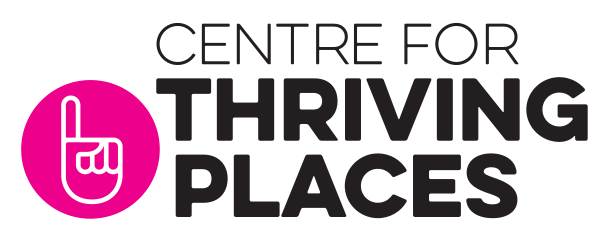See headline scores across England: Select which of the three TPI headline scores you want to see (Local Conditions, Equality, Sustainability) in the top corner. You can then zoom into an area or click on a place to see the scores.
See local authorities with a range of scores: Use the slider on the left to select which range of scores you want to see on the map.
Select different types of place: Use the drop down in the bottom corner to select regions, urban, rural and core cities.
See scores for a district county council: The Upper Tier page contains links to the scorecards for all the district councils within the county.
You can also explore the data via our main Dashboard view here.
Or find out more about the Thriving Places Framework, Index and approach here.
Downloads

